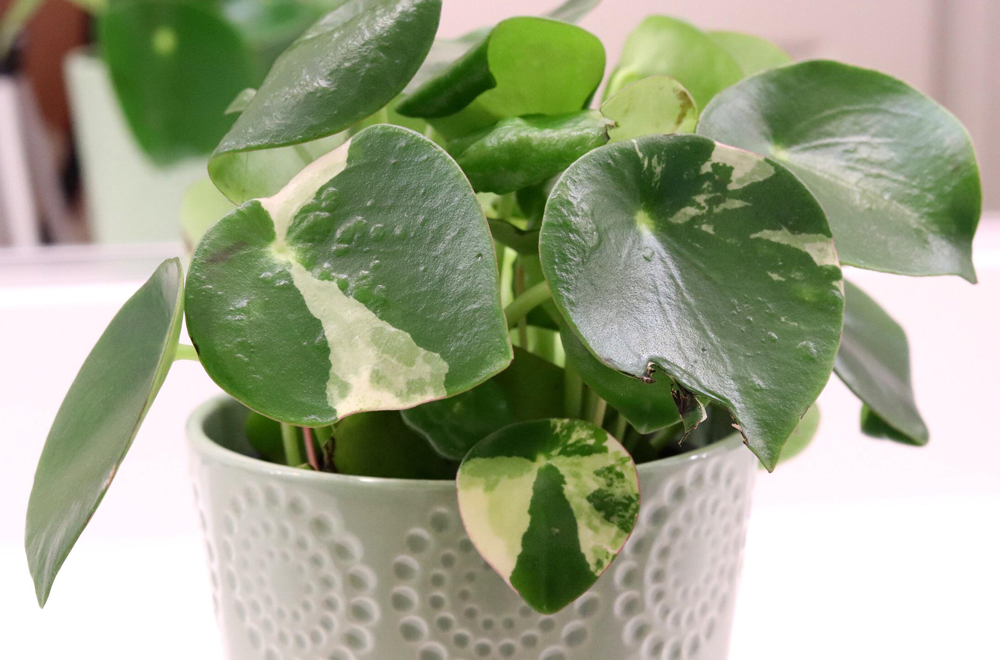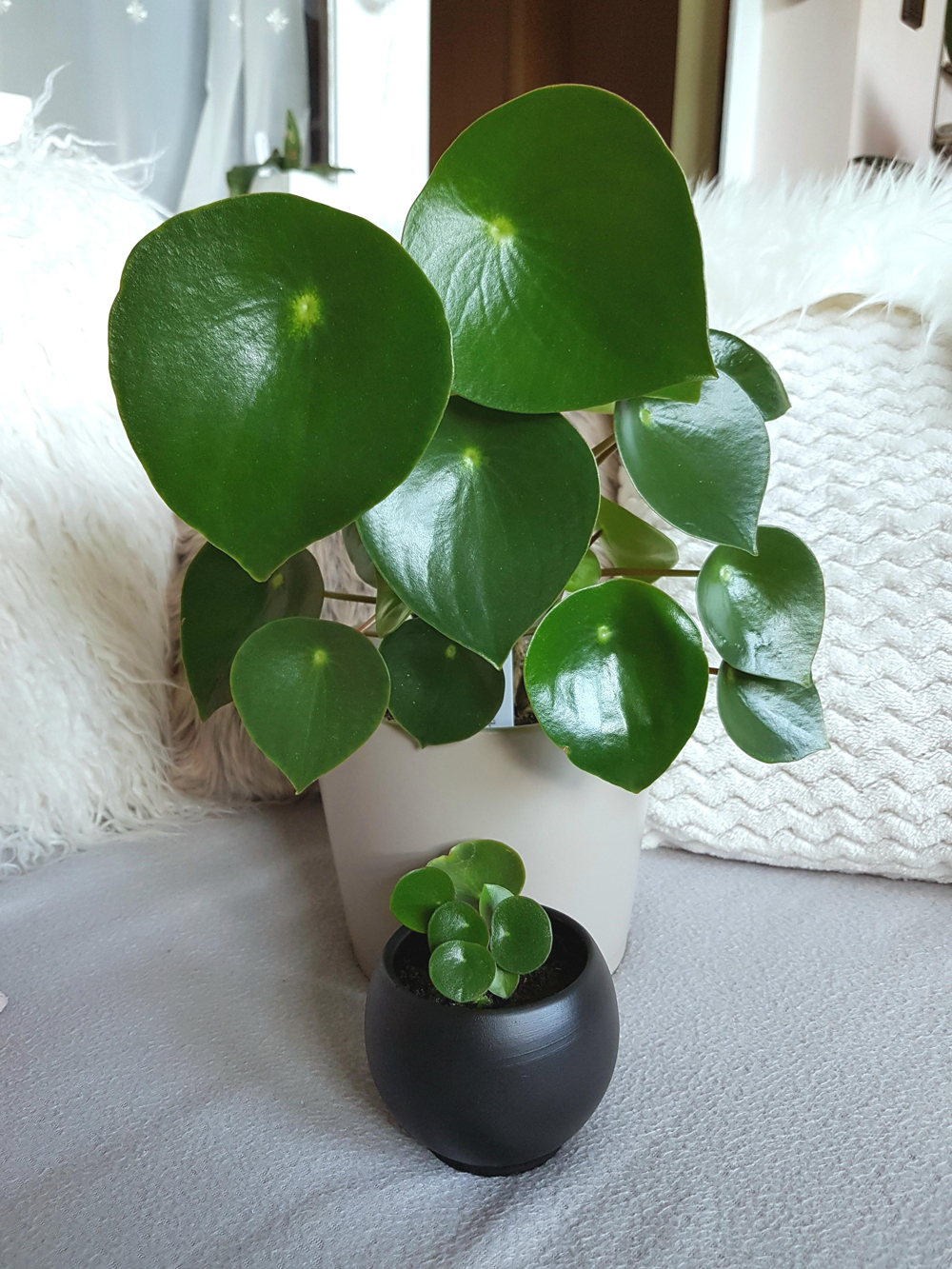Peperomia Polybotrya: Caring For The Raindrop Peperomia
If you’re looking for a compact houseplant that grows not more than a foot tall, the Peperomia Polybotrya is one such succulent from the Peperomia family with a few traits that are most often appealing to many homeowners.

Its botanical name has a very descriptive meaning. The term Peperomia means “resembling pepper“, while Polybotrya means “many“, and you could be probably wondering why. Well, the leaves of Peperomia plants begin to sprout in the form of thin shoots that take the shape of pepper. It also grows wild hence the term Polybotrya.
More About the Peperomia Polybotrya
The most captivating features that excited me to plant my Peperomia Polybotrya are its heart-shaped leaves and ever-gleaming foliage — regardless of the weather patterns that repeat yearly. And I bet you’d still recognize an alluring presence of this tiny yet inviting houseplant — even if you have bigger ones in your living space.
It’s the kind of plant you want to go for it mostly if you’re trying to be a little minimalistic on space. So growing it on a windowsill would fittingly be a good option.
This houseplant also goes by a few other names:
- Coin plant
- Chinese Money Plant
- Peperomia raindrop
- Raindrop peperomia
- Coin-leaf peperomia
The coin plant traces its native roots from the tropical parts of South America—largely in Peru and Colombia. Others tend to confuse this plant with the Chinese Money Plant since the leaves look quite similar.
Peperomia Polybotrya Care Tips
Light & Temperature
Raindrop Peperomias love to be sun-kissed moderately every day, especially in the morning—so if you have a window facing east, that would work just fine. A window facing north is equally a pretty solid alternative.
This plant also thrives under warm temperatures. You, therefore, want to make sure that your plant isn’t sitting someplace below, say, 60°F. On average, this plant thrives under temperatures of between 65-80 °F. Most succulents are sturdy and want bright light.
The afternoon light, however, could scotch the leaves so you want to grow the plant under the shade, even more so if you want it to have an outdoor experience throughout the year. Ideally, the place shouldn’t have temperature levels beyond 80°F in the summer.
Typically, the coin plant loves to live in a cool and humid environment, but can also blossom during summer when the temperature is exceedingly warmer. You need to also note that the stems might begin to get feeble if the plant stays under dim light for long. So for optimal growth, place the growing medium on a windowsill.
Soil & Transplanting Requirements
One thing you’ll learn with many tropical perennials is they grow lavishly under well-drained soil. Other plants would ultimately do with less, but this particular variety requires a little more when it comes to the soil conditions.
Your plant needs the same soil requirement as those of the Peperomia Ruby Cascade—to churn out the most appealing foliage all year round. An in-depth report from the Department of Plant & Soil Science at the University of Vermont, highly recommends using soil made of peat moss, sand, or loam to make the drainage process a whole lot easier.
When planting my succulents, I like almost half of my potting soil to be made of the organic cactus mix, and 1/4 of it to be made of pumice.
Unlike most other houseplants, this petite perennial doesn’t require any repotting, unless it was grown in a small pot right from the start. Since it has a very fragile root system, repotting would ruin its receptive metabolism that helps the plant absorbs water, alongside all the salient nutrients.
It’s also needless to say that your growing medium should have enough drainage holes to prevent the roots from rotting.
Fertilizer
I quite often choose to use general-purpose fertilizer that’s soluble and with manageable side effects on the plant or environment. You can fertilize your Coin-leaf Peperomia either during spring or summer. Avoid using fertilizer during winter since most of the growth hormones tend to freeze when this plant is under extremely cold temperatures.
Based on hands-on experience, I’d highly recommend using the Dyna-Go Grow formula over other fertilizers in the market since it’s made of the essential macronutrients which all the houseplants need to grow vigorously. Just scoop 1/2 tablespoon of the solution and mix it with a gallon of water. This should replace one watering session. You don’t need to keep on fertilizing your plant occasionally.
All my succulents plants tend to survive even with three fertilizing sessions per year. But if you want to speed up the results, you can optimize the fertilizing intervals to once per month.
Watering
Plants need water like you do to keep your skin even and ever-glowing. Even if this plant is drought resistant, water helps it dissolve the necessary nutrients in the soil. Your coin-leaf plant desperately needs thorough watering during spring and summer, except for winter. That aside, the cells also need enough water to keep the foliage healthy and radiant.
You’ll need to wait for the first few inches of the topsoil to dry out entirely before the next watering session. After you’ve confirmed whether it’s completely dry, water the soil evenly and thoroughly, but make sure the growing medium has sufficient drainage holes—to get rid of excess water.
If this is your first time growing a succulent in your home, you’d easily be tempted to overwater it—more particularly if you don’t have the right nurturing tips in mind.
Always remember that if too much water gets stuck in the soil, that would expose the roots to rotting and eventually damage the wellbeing of the whole plant. And besides, most succulents store water in their leaves and stems, so they can survive for longer periods without water.
But that’s not to say that you should deprive them of the usual watering intervals since the leaves might begin to wither and turn yellow.
Grooming & Maintenance
While this plant doesn’t need intense grooming exercises, you’ll need to prune your plant every once in a while to maintain the level of aesthetics you’re yearning for in your living space. And since they don’t grow beyond one foot tall, there’s technically nothing much to do when it comes to the grooming routine.
Once the old flowers begin to wither, pluck them out to maintain its natural and blazing appeal.To regulate the humid conditions around your plant—more precisely if you’re growing indoors, use a spray bottle to mist it quite regularly. It also helps keep the leaves bright and dust-free.
How to Propagate Your Peperomia Polybotrya
There are three solid ways to propagate your Raindrop Peperomia plant. But the two dominant ones are water and soil. You can use the leaf or stem cuttings to breed a new Coin plant. To level up the potential yield rate a notch higher, it’s ideal to propagate your plant during spring. When it’s winter, the growth hormones are usually numb since the temperatures are extremely low.
Propagating Using Water
When done right, water propagation could help achieve the desired results in just a few steps.
To get started:
- Use a sharp knife to cut a fresh stem from the mother plant and make sure it has a few radiant leaves on it. The next step would be to place a few nodes in water. The nodes are usually the parts linking the leaves to the stem. So preferably, pluck the leaf on the bottom part of the stem and make sure it’s soaked in water.
- You’ll need to change the water every once a week, to keep the plant fresh and far from rotting or lacking the essential macronutrients.
- Also don’t miss using our cues on the soil requirements we listed above while potting your plant. Alongside that, use the potting mixture we discussed earlier (think pumice and cactus mix), to make your stem cuttings blossom rapidly.
- Since this variety doesn’t grow big, you can start off with a small pot and maybe repot it to a medium-size growing medium later when it hits its maturity stages. These plants are petite, so they look a lot more engrossing on when they grow in tiny pots. Small pots help water that clogs in the soil to drain and dry out much quicker.
Soil Propagation
If you don’t want to propagate your baby succulent in water, you can preferably opt to use soil. You can purchase and moderately use a rooting hormone that’s safe for houseplants to accelerate the growth of your freshly propagated cuttings.
For this method to work out just fine, use the same methods for water propagation, but you’ll need to plant the cutting in well-draining soil instead of water.
To make your baby Coin leaf have a strapping root system, place it somewhere with high humidity levels. During the rooting process, but the young plant in a transparent plastic bag and make sure it doesn’t choke the leaves since the pores need to enhance the rate of gas exchange.
When stem cutting is on its early rooting stages, any excess heat tends to scorch the leaves, so you want to keep it away from direct sunlight. Once the cuttings begin to sprout a few roots, you can now get rid of the plastic bag and transplant it to a suitable growing medium. Water the soil evenly to make the roots form a dense base beneath the plant.
Common Pests & Diseases To Watch Out For
Most Peperomia varieties are prone to a wide range of arthropod pests such as root mealybugs, fungus gnats, caterpillars, and spider mites. But with proper care, you’ll only have to deal with a few mealybugs and mites.
Your Raindrop Peperomia plant could probably be infested with spider mites if the leaves begin to lose sap and turn yellow. Neem oil is an effective spray you can use to suppress an intense attack from mealybugs.
